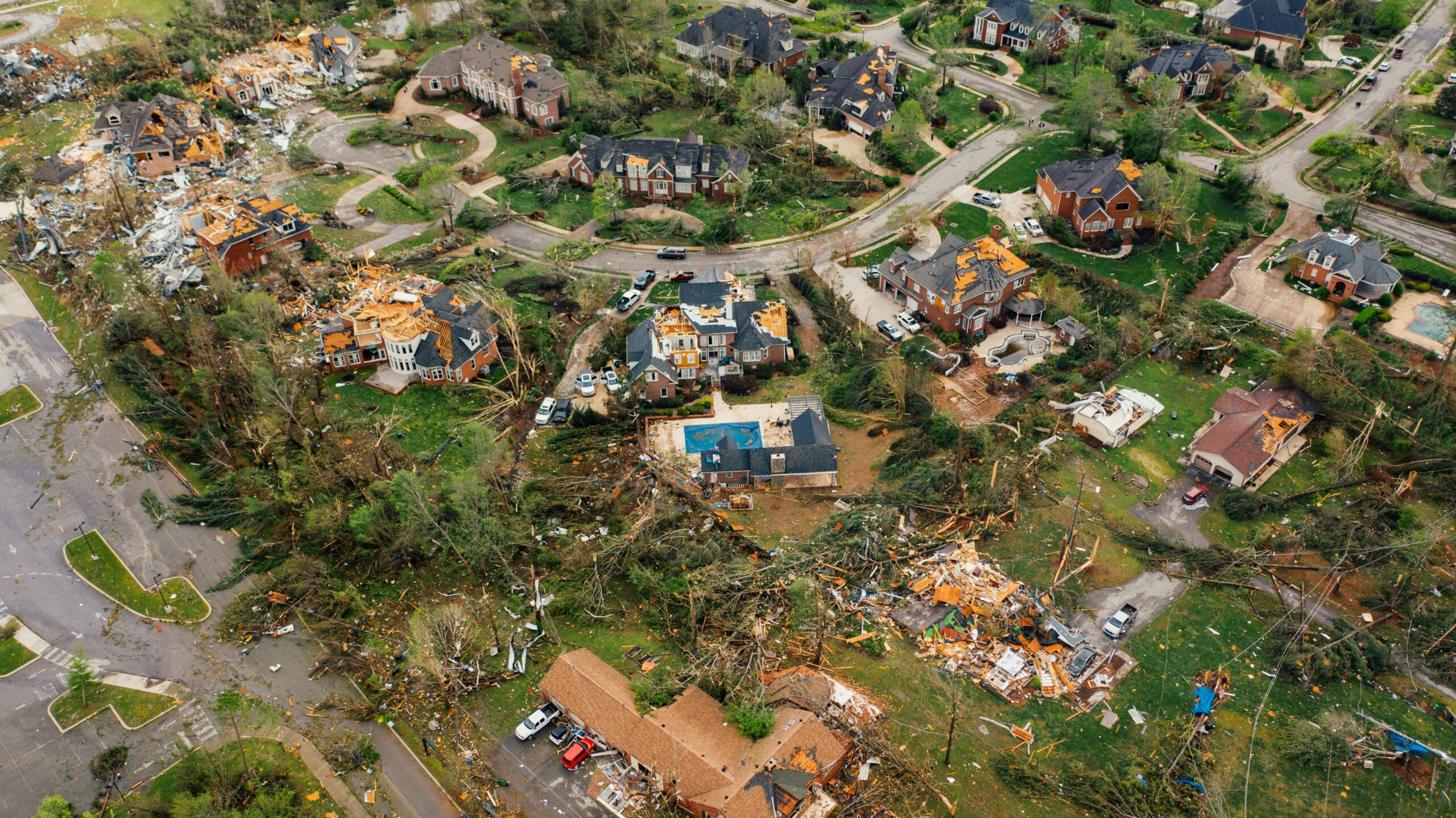Massive Typhoons Driven By Climate Change Damage Parts Of Asia

The Atlantic hurricane season, which was supposed to have a record number of large hurricanes triggered by warm Atlantic waters, has yet to materialize. On the other hand, typhoons in Asia have been powerfully destructive.
Two of these Asia storms happened within a month of one another. Typhoon Shanshan has crushed parts of Japan, and millions have relocated. Its winds have been clocked at over 100 MPH.
China Hit
Typhoon Gaemi badly damaged parts of the Philippines, Taiwan, and China. The death count was officially 100. The count is probably higher because some parts of the storm hit areas outside cities. According to Reuters, “climate researchers said warmer seas were providing extra “fuel” for tropical storms in Asia, making them more dangerous.”. Nadia Bloemendaal, a researcher at the Royal Netherlands Meteorological Institute, commented, “With global temperatures rising, we are already witnessing an increase in these ocean temperatures, and as a result, more powerful fuel is being made available for these tropical cyclones, increasing their intensity,” China was hit by a storm earlier this year.
Strength Of Storms
The strength of the Asia storms raises a critical point. Not every area of the world has to be hit simultaneously to show that climate change has begun to happen more rapidly. Last month, record temperatures were posted in North America, Europe, and some parts of the Middle East. In other areas of the world, that did not happen. That does not prove the climate problem can be ignored.
Sponsor
Find a Vetted Financial Advisor
- Finding a fiduciary financial advisor doesn't have to be hard. SmartAsset's free tool matches you with up to 3 financial advisors that serve your area in 5 minutes.
- Each advisor has been vetted by SmartAsset and is held to a fiduciary standard to act in your best interests. Get on the path toward achieving your financial goals!






